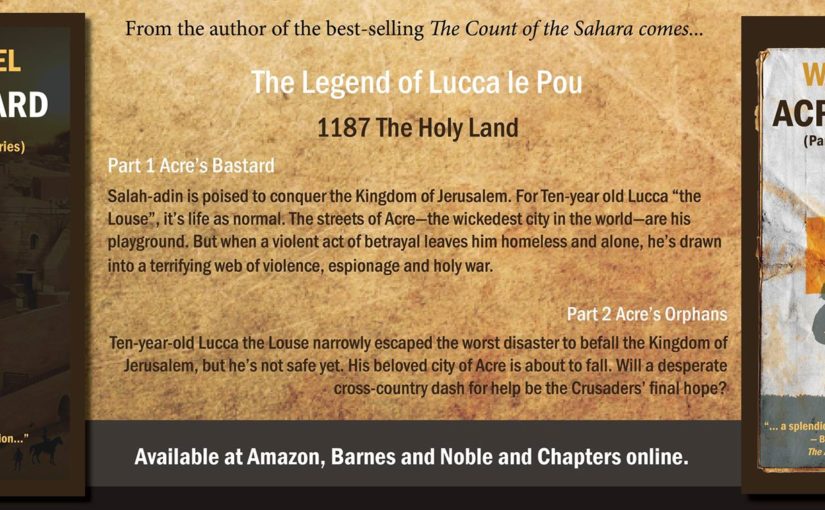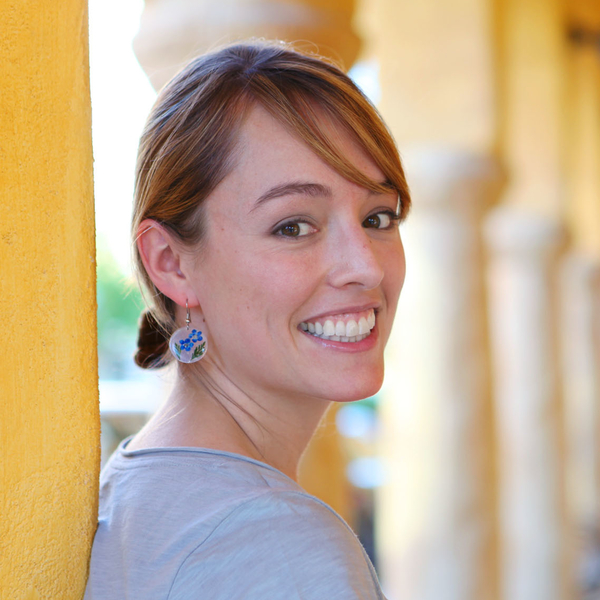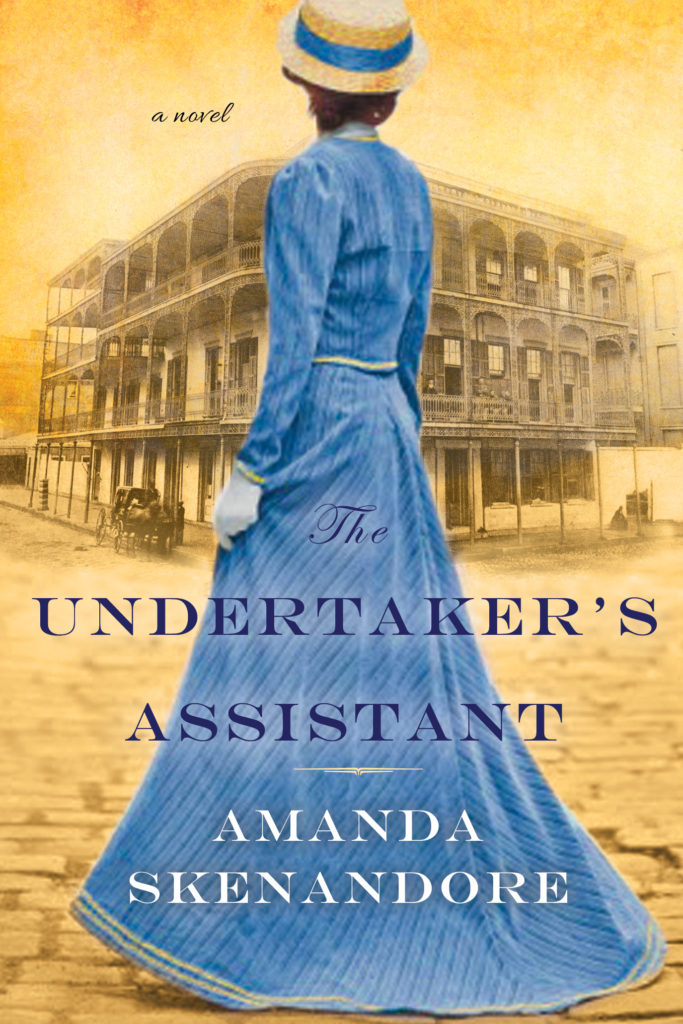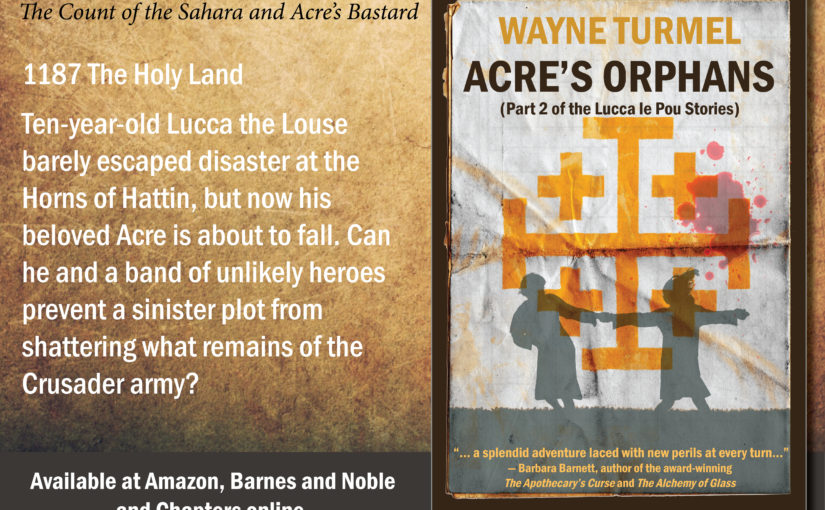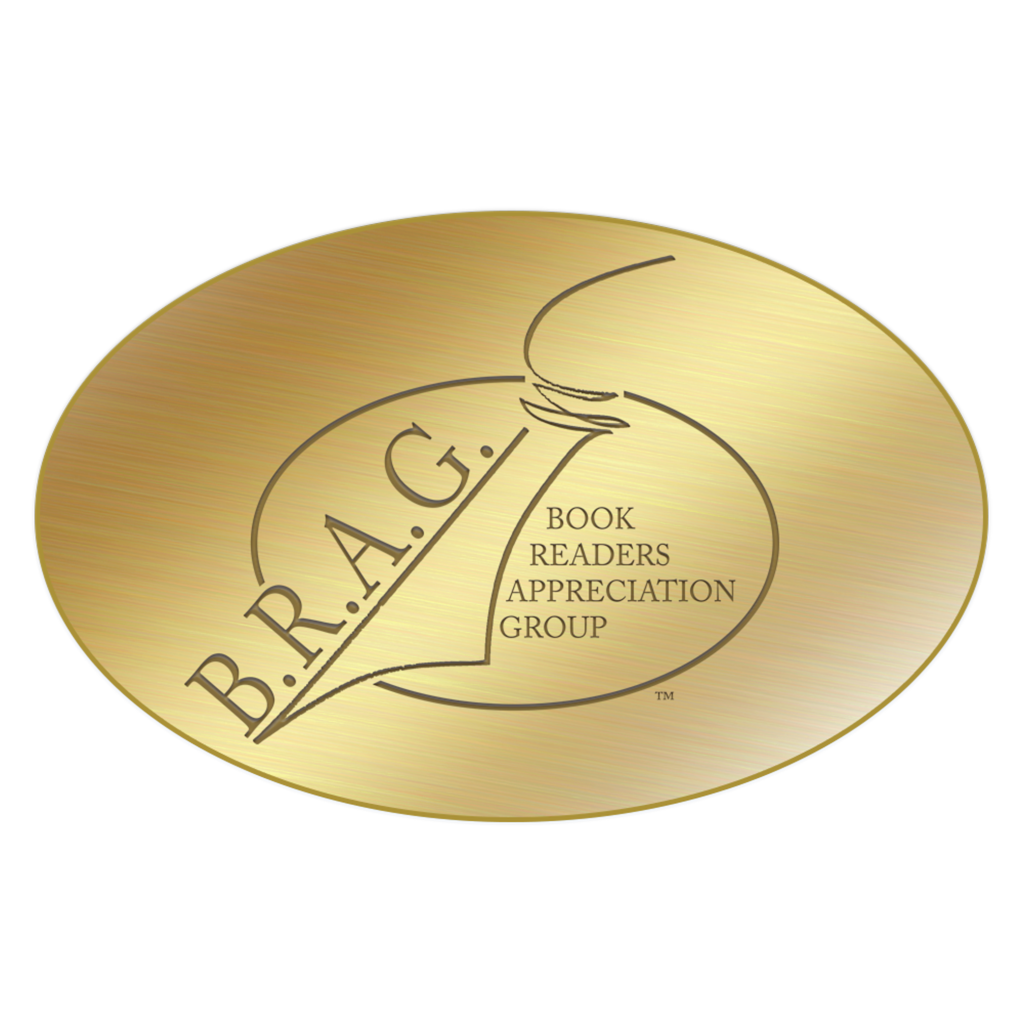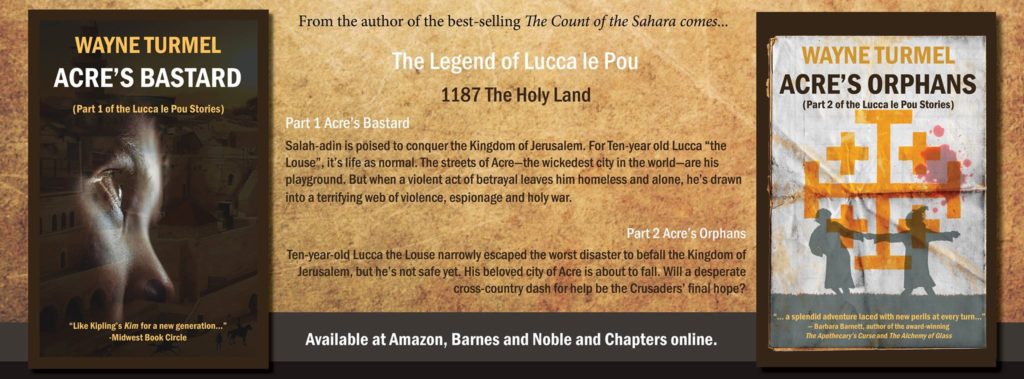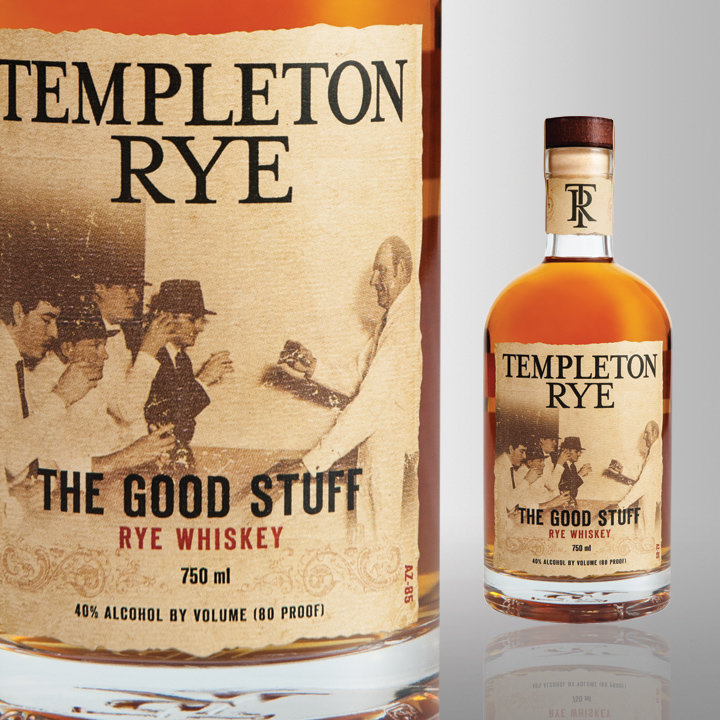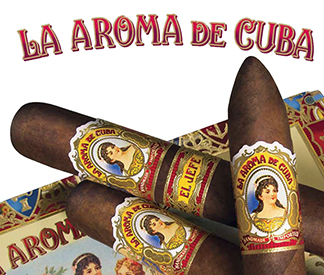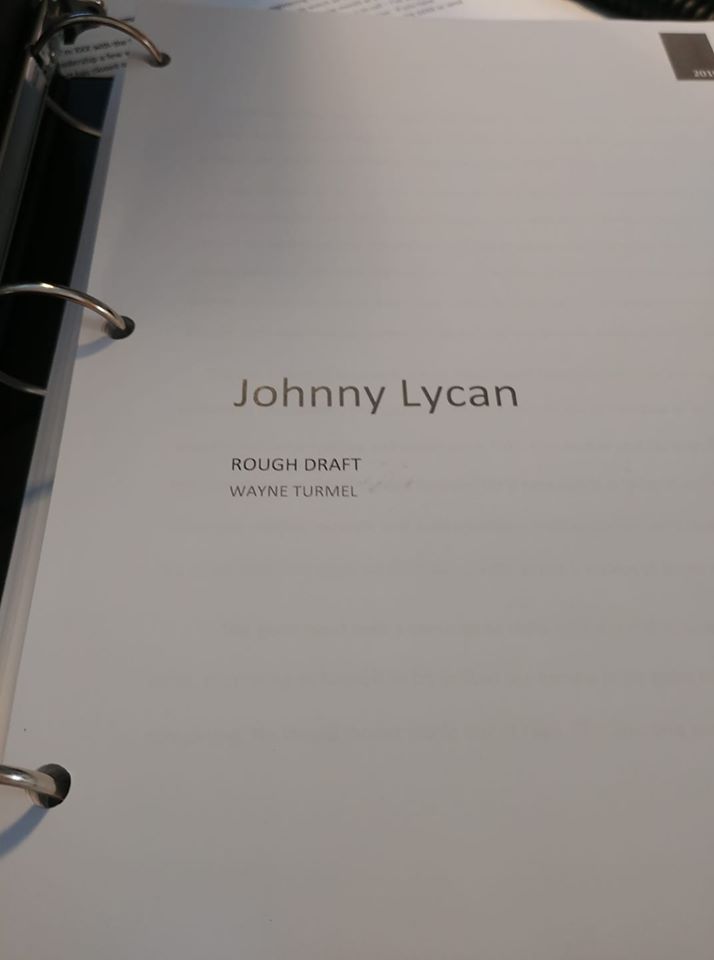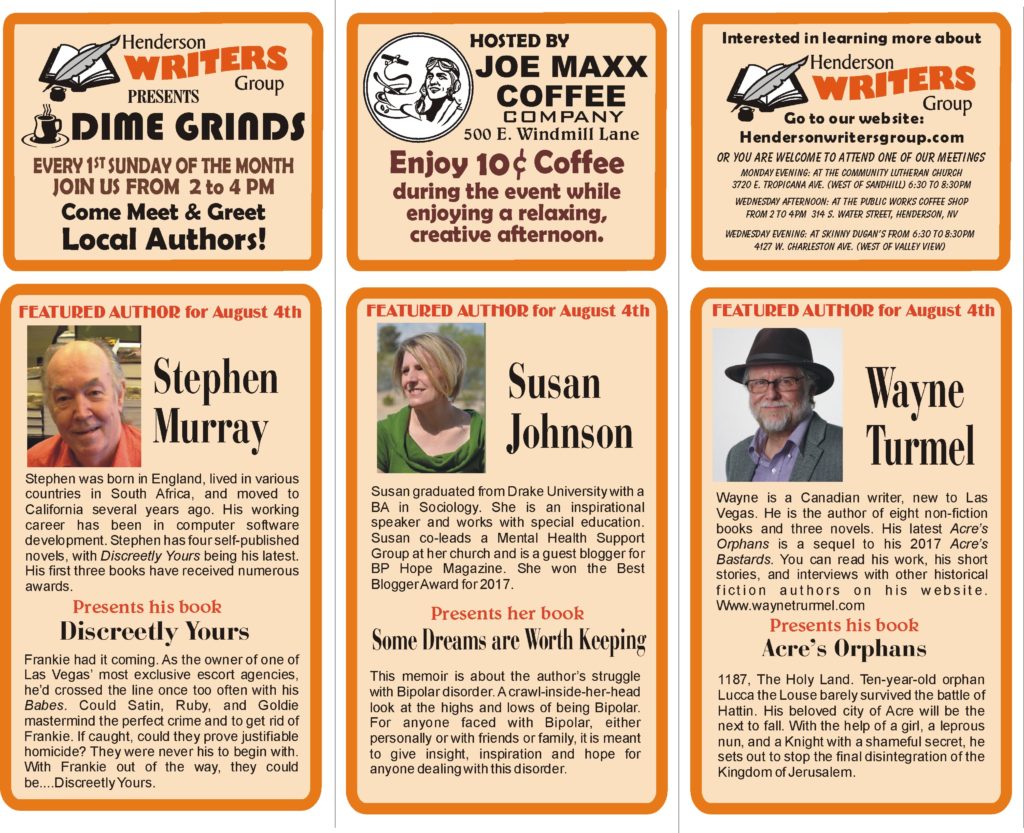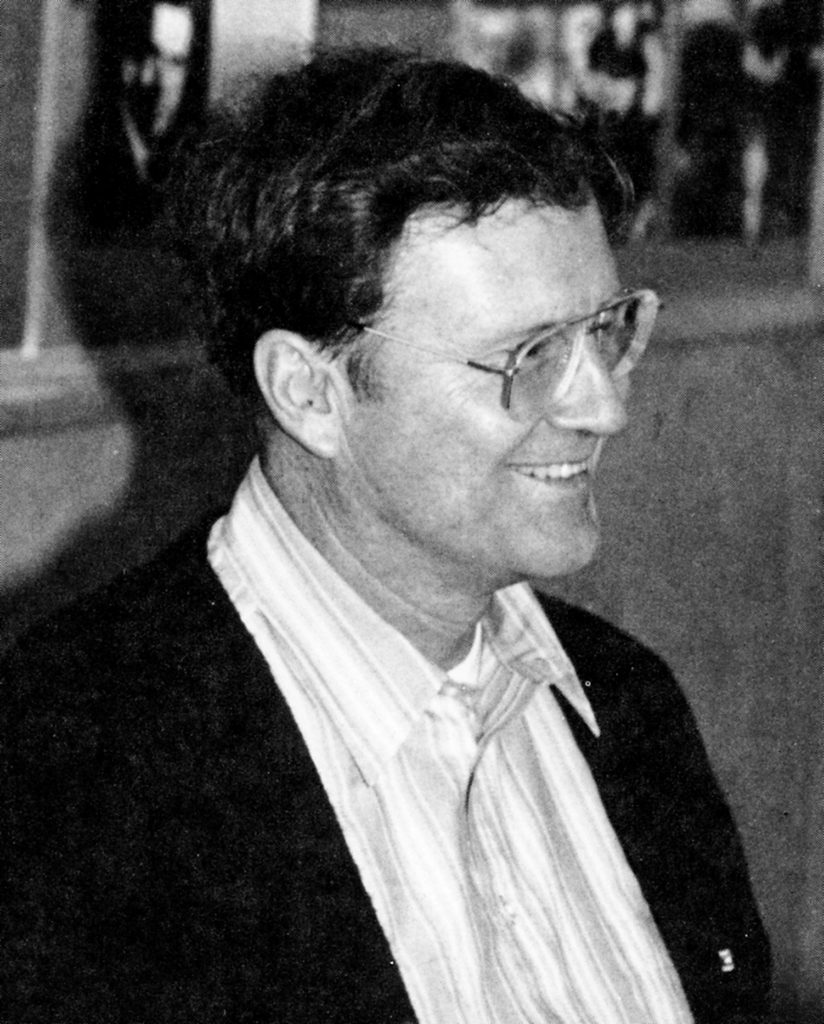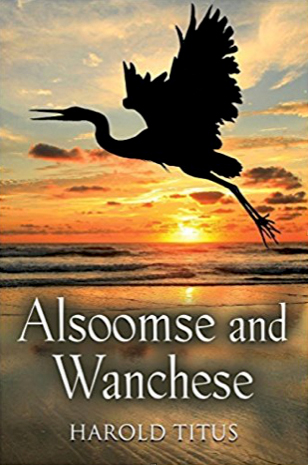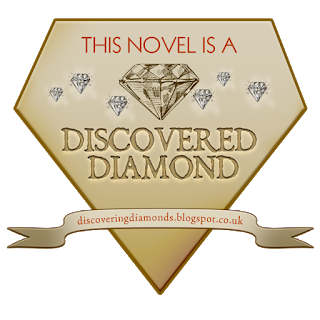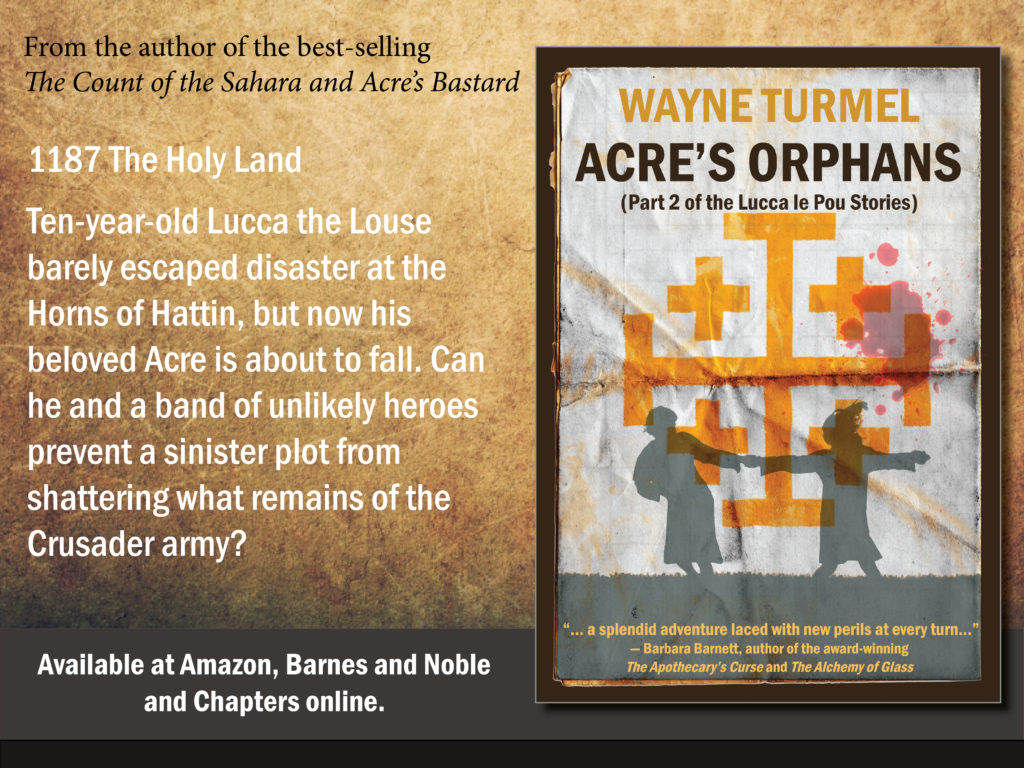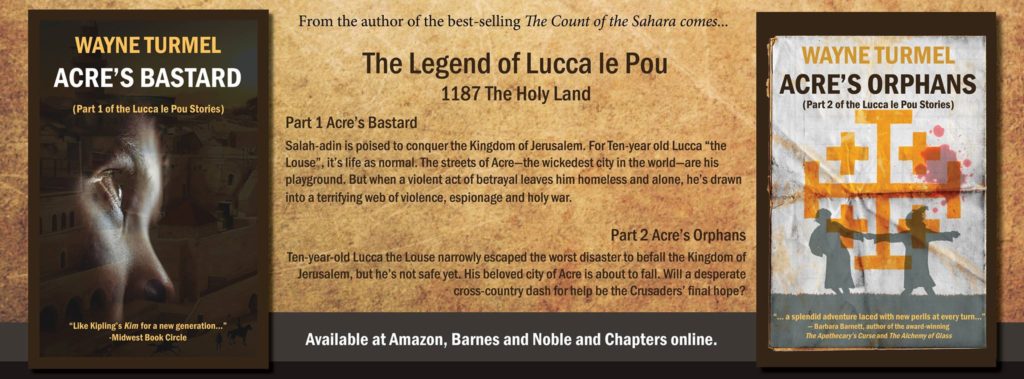…you can imagine my surprise when, out of the blue, the old guy ups and says, “I ever tell you about the time I had a three-way with Lana Turner and Ava Gardner?”
Ava, Lana and Old Bob Campbell Ragazine, Sept 1 2019
So, I have a new short story out in the world this month. Two of them actually, but more about that in a minute. This one appears in Ragazine, which is a smart, eclectic collection with some world-class contributors. I’m always glad and a little surprised when places of this caliber let me come and play in their sandbox. I also think it’s a pretty nifty little story.
The story is called Ava, Lana and Old Bob Campbell. It’s a tale of Old Hollywood, memory, and day-drinking. There is also a story behind the story that I thought you’d find amusing.
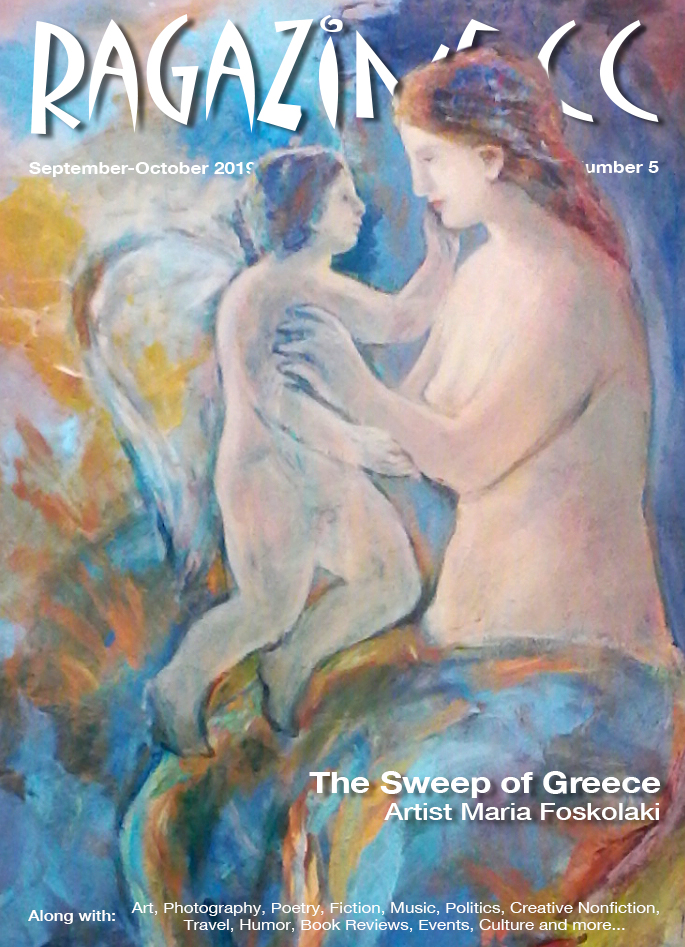
Usually, writers hate the “where’d you get that idea from?” question. It’s what we do. But the fact is that this story actually has roots going back 20 years or more.
My wife, The Duchess, is an old Hollywood geek. Like the Rainman of old movies. Anyway, we were sitting at the table after dinner with friends one night and we were relating our favorite scandalous tales from the Golden Age of Hollywood. Out of the blue, she comes up with one that knocked us cold.
When she lived in Palm Springs in the 80s, there was a local urban legend that sometime in the 1950s, Ava Gardner and Lana Turner were having a bit of a lost weekend in The Springs. According to the tale, they picked up a local gas jockey and gave him the weekend of his life. Well, of course, everyone said, “Can you imagine? That had to be the luckiest SOB that ever lived. Must have been the greatest night of his life!”
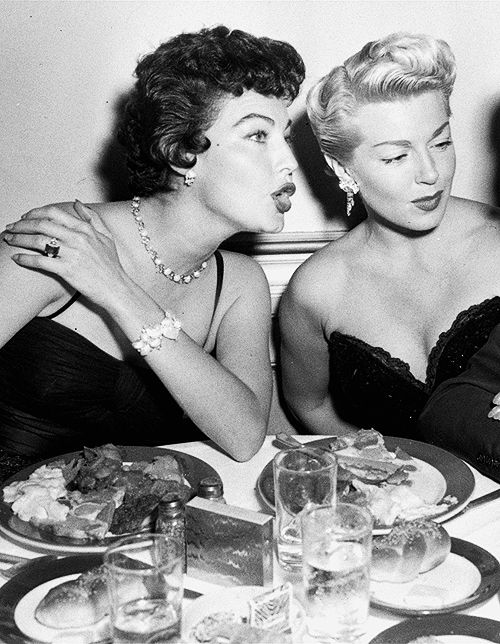
The writer in me asked a different question: What if it wasn’t? What if instead, it started a downward spiral and the guy never recovered? Since then, we’ve talked about that story many times with people, and I had threatened to write about it but it just stayed so much cocktail chatter.
The Duchess thought it should be a novel. I actually considered making it part of a play (yeah, I had delusions of grandeur. Don’t worry, it will never happen). At any rate, this year as I was stuck on the last few chapters of Johnny Lycan and needed a distraction the story finally came to me.
As usual with these kinds of pieces, the research was a blast. I had to pick a year when Ava and Frank were on the skids, Lana wasn’t married and hadn’t yet gotten involved with Johnny Stompanato, and the kid could still mathematically be alive today to tell the story. I settled on the summer of 1957.
Then there were all the details about the Coachella Valley and the people who lived there. Go Arabs. Only they’re not the Arabs anymore, for reasons you can well imagine. You also shouldn’t use the word “beaners,” but the behavior of the characters is not always condoned by the management.
If I thought nobody would care about such an odd little tale, I was disabused of that notion when I brought it to my Sin City Writers critique group, blessings be upon them. Enter Mike Foldes and the good folks at Ragazine, and here we are.
I had another story, with an equally twisted history published this week in Twist in Time. Part 1 of Los Angeles, 1954 is here, and I’ll say more in another post.
I hope you enjoy it. If you want to read more of my short piece, you can find them on my website under Short Stories and other Pieces. Support the litmags who publish writers, and if you like the short stuff, imagine entire novels full of that brilliance. You can find The Count of the Sahara, Acre’s Bastard and its sequel Acre’s Orphans on my Amazon Author Page.

